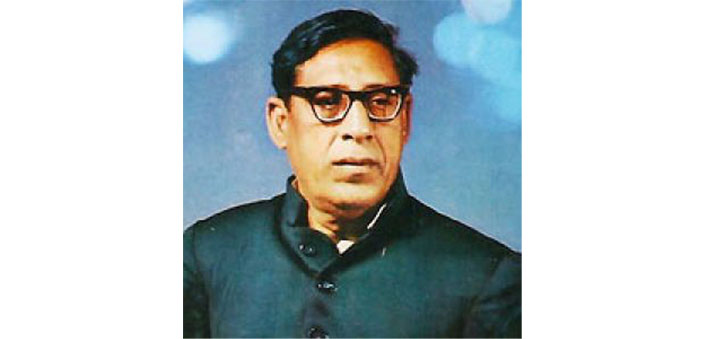Classical musician par excellence (1912-1974)
Ustad Amir Khan, born on 15 August 1912, was a well-known Indian Hindustani classical vocalist in the khyal and tarana genres. He was also known as Sur Rang. Regarded as one of the most dominant figures, and founders of the Indore gharana, he is known for his intellectual approach in fostering raga melodies, his favourite being Marwa, Darbari Kanada and Malkauns.
He gained the approval of critics and connoisseurs alike, disregarding the age-old, conventional traditions, and evolving an entirely original style. With his ancestors being musicians in Mughal courts, music was in his blood. His father, noting Amir’s interest, let him devote more time to vocal training, focusing on the merukhand technique. Exposed at an early age to many different styles, thanks to the regular mehfil-s at his home, he also learned the basics of tabla playing from one of his maternal uncles.
Shifting to Bombay in 1934, he gave a few concerts and cut about half a dozen 78-rpm records. Not well received, he heeded his father’s advice, and in 1936 joined the services of Maharaj Chakradhar Singh of Raigadh Sansthan in Madhya Pradesh.
He was once hooted off the stage after only 15 minutes or so at a music conference in Mirzapur, with many illustrious musicians present. After Partition, he moved back to Bombay. Yet, Amir’s presentation was always thoughtful and methodical, and he rarely indulged in repetitive phrases. His mehfil was always a pleasant experience. He had a very impressive and magnetic personality and would always sit in a yogic posture doing tapasya, at his concerts, with closed eyes and in deep meditation.
Solemnity and tranquility, almost puritanical, highbrow style was his hallmark, in striking contrast to some singers who entertain listeners with acrobatics, rather than providing them with aesthetic delight. He could move equally effortlessly in any octave with his rich baritone open-throated voice with a three-octave range. While presenting a raga he unfolded it with extreme skill, delicacy and purity, gave each a thorough treatment. He also introduced an uninterrupted concert style where one raga would flow into the next.
He popularised the tarana, as well as khyalnuma compositions in the Dari variant of Persian. He was very keen on establishing this theory that it was the Persian scholar Amir Khusro who had invented the tarana by carrying out research to unravel its hidden meanings, but cruel destiny denied him that.
To him, poetry was important in khyal compositions, and left several compositions with his pen name, Sur Rang (coloured in swara). He advocated competition between classical music genres, film and other popular music, and opined that classical renderings needed to be made more beautiful while remaining faithful to the spirit and grammar of the raga’.
Though of the Indore gharana, he was a firm believer of absorbing elements from various gharanas. He had a global following, captivating the crowd everywhere. Introducing classical music to the masses through films significantly boosted his visibility and popularity. He sang purely classical style film songs in ragas, for films Baiju Bawra, Shabaab, Jhanak Jhanak Payal Baaje, and Goonj Uthi Shehnai. He also sang a ghazal, Rahiy Ab Aisi Jagah, for a documentary on Ghalib. He was awarded the Sangeet Natak Akademi award in 1967, the Padma Bhushan in 1971, and a Swar Vilas from Sur Singar Sansad in 1971. Khan’s disciples include many greats like Pandit Amarnath, Kishori Amonkar, Hridaynath Mangeshkar, Munir Khan, and Kamal Bose.
The premature death of the Ustad on 13 February 1974 aged 61, in a tragic motor accident in Calcutta, created a void, an irreparable loss to the world of Hindustani classical music. As a critic spelt it, ‘His music combined the massive dignity of the dhrupad with the ornate vividness of khayal’.

